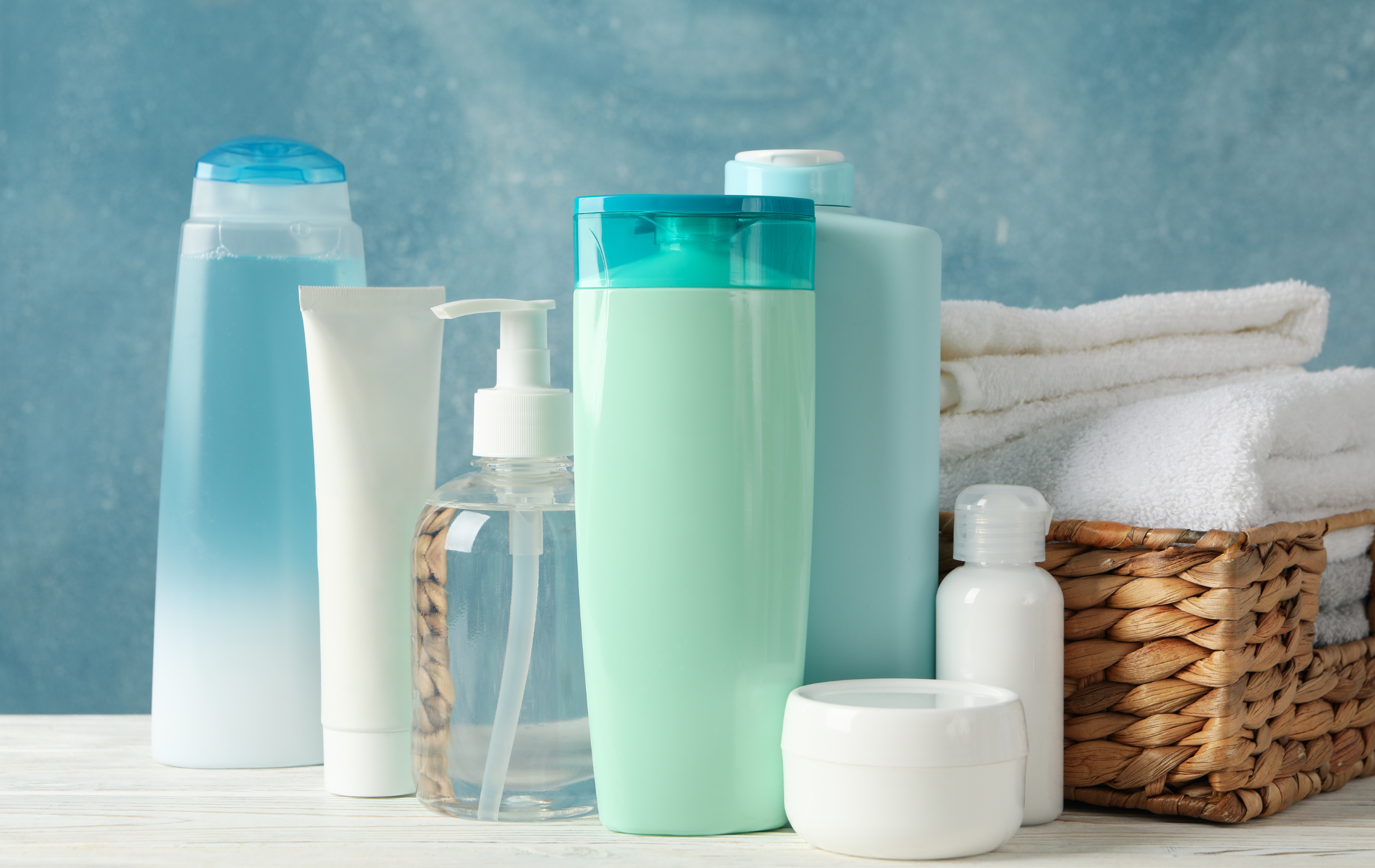March 15, 2023 – Cosmetic products can only be used on the external parts of the human body. Therefore, products intended for the vagina are not cosmetics. On the other hand, products for cleaning and keeping in good condition women external genital organs fall within the definition of the EU Cosmetics Regulation.
Formulation challenges
Developers of cosmetic products for female intimate hygiene must take into account some specificities of the application area. In particular, the female external genital organ:
- Has a higher pH than other parts of the human body;
- Is in contact with substances (urine, vaginal fluids, sweat) that may lead to the growth of fungi and bacteria;
- Modifies its microbiota during the menstrual cycle;
- Requires additional hydration;
- Features greater permeation.
Furthermore, the formulation of those products must differ depending on the target consumers, as women’s needs change at different stages of life. Children and women in menopause require more hydration. Conversely, women of reproductive age need products aimed at removing the microorganisms that grow in the intimate area.
Testing challenges
Considering the above, beauty brands must perform some tests on cosmetic products for female intimate hygiene to confirm that those products have the desired characteristics, especially regarding pH, mildness, hydration, and maintaining balance microflora properties. Thus, specific laboratory testing has been developed. For example, scientists noted that the standard patch test does not consider the vulvar area permeability and susceptibility to friction of the vulvar area. For this reason, it is better to use the Behind-the-Knee (BKT) test, whereby samples are applied in the popliteal fossa, which has similar irritation conditions to the vulva.
It is up to the Responsible Person to evaluate whether the evidence supporting the claims made is sufficient.
Lastly, the EU Cosmetics Regulation requires a specific evaluation by the safety assessor for products for external intimate hygiene.



Leave a Reply